Adenylyl cyclases count as an enzyme class to the lyases. Their task is to catalyze the cyclic cAMP by cleaving P-O bonds from ATP. In doing so, they trigger a signal cascade that is responsible for many different processes in the organism.
What is an adenylyl cyclase?
The adenylyl cyclases mediate the effects of hormones or other messenger substances from the outside of the cell membrane to corresponding messenger substances inside the cell. They are so-called lyases, which act as enzymes to break specific bonds in molecules. For example, they split P-O bonds (bond between phosphorus and oxygen).
Your task is to catalyze the breakdown of ATP to the second messenger cAMP. This is done with the help of G proteins. G proteins are responsible for the signal transmission (signal transduction) that takes place between receptors and second messenger systems. For this, the adenylyl cyclases have certain domains with a characteristic structure, which act as binding sites for ATP and G proteins.
This bond initiates the catalytic effect of the adenylyl cyclases to break down ATP to mAMP. The construction plans of the different adenylyl cyclases are different. However, they all have the corresponding domains in common. There are ten isoenzymes for human adenylyl cyclases, nine of which are membrane-bound and one occurs as a cytosolic protein inside the cell on compartments.
Function, effect & tasks
The task of the adenylyl cyclases is to transmit signals from the outer cell membrane to messenger substances inside the cell via second messengers. This applies to all eukaryotic living beings. But adenylyl cyclases also play a role as signal transmitters in prokaryotic bacteria. The adenylyl cyclases are divided into three main classes.
Class I is effective in gram-negative bacteria. Class II adenylyl cyclases play a major role in disease-causing bacteria. They are dependent on the protein calmodulin of the infected host organism. The largest class (class III) is represented by the adenylyl cyclases that occur in all eukaryotic organisms. Here they mediate the effects of hormones. For this purpose, the hormones transmit signals from the outer cell membrane to the messenger substances inside the cell. These messenger substances then trigger the biochemical reactions that are initiated by the hormones.
The corresponding hormone binds to its receptor, which at the same time releases a certain G protein. The G protein in turn stimulates or inhibits an adenylyl cyclase, which immediately begins to catalyze the formation of cAMP from ATP or inhibits the formation of cAMP. When ATP is converted into cAMP, a pyrophosphate with two phosphate groups is formed at the same time. The pyrophosphate immediately breaks down into two phosphates. This makes a reverse reaction to ATP impossible. The adenylyl cyclases are therefore regulated by the influence of the G proteins. The cAMP formed has a variety of functions in the organism. It activates the enzyme protein kinase A.
Protein kinase A, in turn, catalyzes the phosphorylation of various enzymes and therefore intervenes to regulate the metabolism. The phosphorylation activates or inhibits the corresponding enzymes. Whether it comes to activation or inhibition depends on the particular enzyme. Through the reaction chain hormone, receptor, G-protein release, adenylyl cyclase activation / inhibition, formation of cAMP from ATP and stimulation of protein kinase A, the effect of certain hormones is conveyed to the target site.
These hormones and messenger substances include glucagon, ACTH, adrenaline, noradrenaline, dopamine, oxytocin, histamine and others. In addition to activating protein kinase A, cAMP also stimulates gene expression for some hormones and enzymes. This applies to the hormones parathyroid hormone, vasoactive intestinal peptide (VIP) and somatostatin, among others.
Education, occurrence, properties & optimal values
Adenylyl cyclases occur everywhere in nature. All eukaryotic and some prokaryotic creatures use adenylyl cyclases to produce the widespread second messenger cAMP. In eukaryotes, the adenylyl cyclases are located on the membrane surface of the body cells. From there, they forward the signals from the hormones and certain messenger substances to the cell, where various reactions are then triggered.
Diseases & Disorders
A variety of diseases can arise from defects and interference in the entire transmission system for signals. Genetic changes in the various enzymes involved, including adenylyl cyclases, play a major role. There are even theories that assume that most diseases can be traced back to faulty signal transduction from the cell membrane into the interior of the cell.
Both a reduced and an increased signal transduction from the cell surface into the cell interior are of disease value. Examples of this include the eye disease retinitis pigmentosa or renal diabetes insipidus. Many endocrinological diseases are based on reduced signal transduction. The same is true for heart failure. Increased signal transduction results in permanently increased cAMP values. There is constant excitement, which manifests itself in various diseases such as heart failure or psychological disorders.
In addition to heart failure, diseases such as addictions (e.g. alcoholism), schizophrenia, Alzheimer's, asthma and others can also be favored. The influence of signal transduction disorders on the development of diseases such as diabetes mellitus, arteriosclerosis, high blood pressure or tumor growth is also being investigated. Autoimmune diseases such as ulcerative colitis can also be due to faulty signal transduction. In cholera, a bacterial toxin is produced, which causes permanent activation of adenylyl cyclase.
The cAMP level is increased because the corresponding hormonally activated adenylyl cyclases are not inhibited. The mAMP level is also increased in whooping cough (pertussis). Here the inhibition of the G protein, which is inhibitory for adenylyl cyclases, is missing. This increases the concentration of the adenylyl cyclases. Many genetic changes to the enzymes (including adenylyl cyclases) can cause or promote diseases.


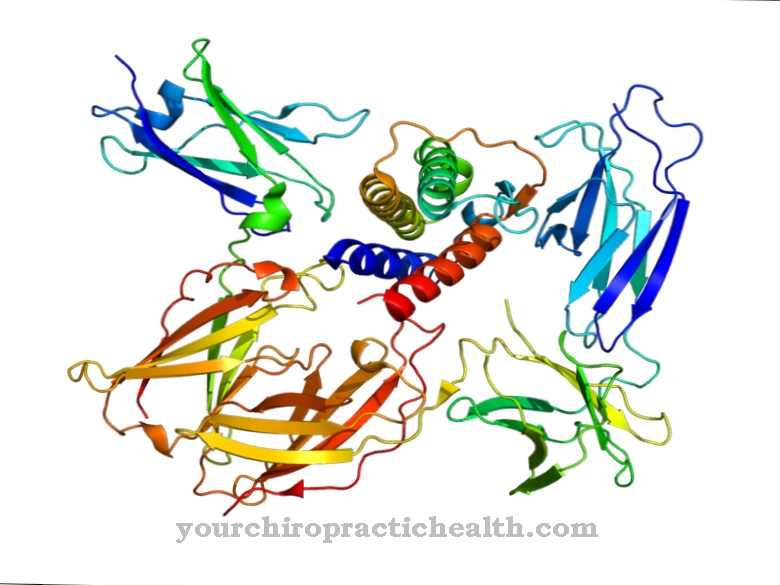
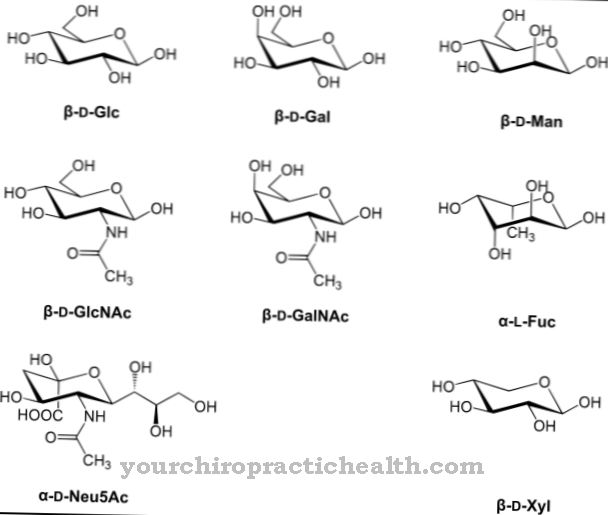
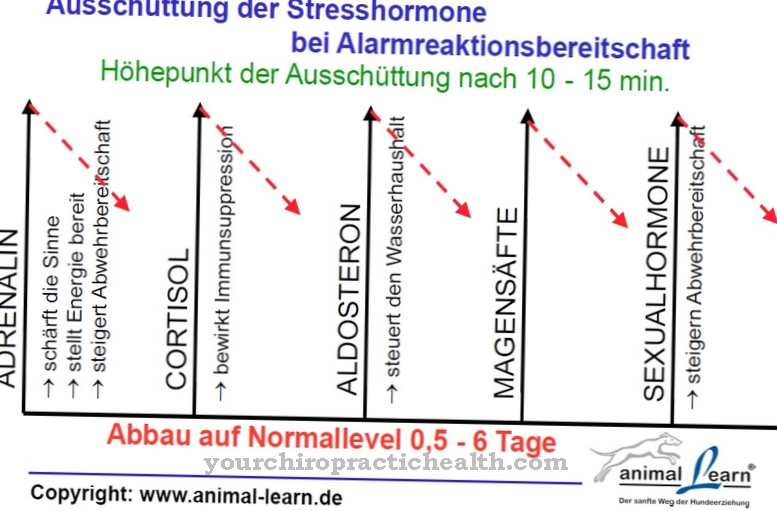
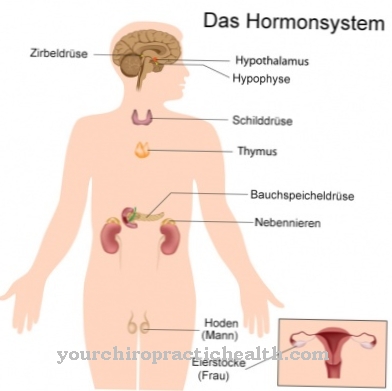
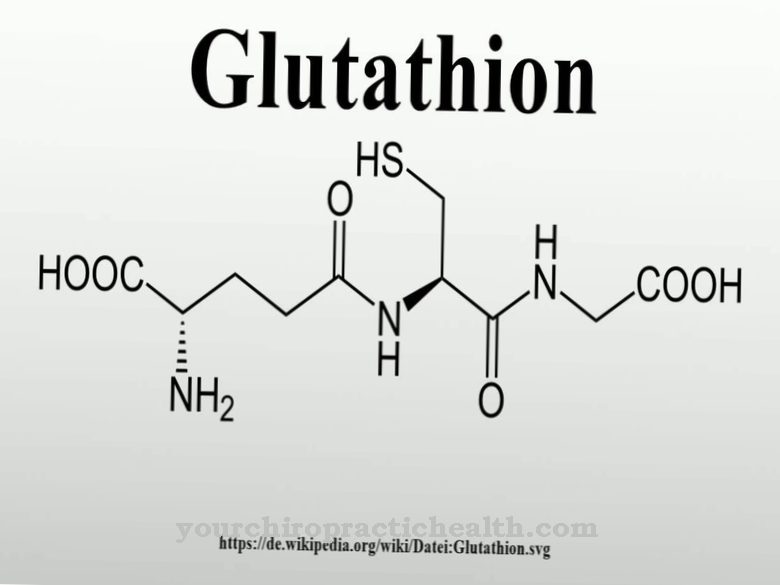

















.jpg)



